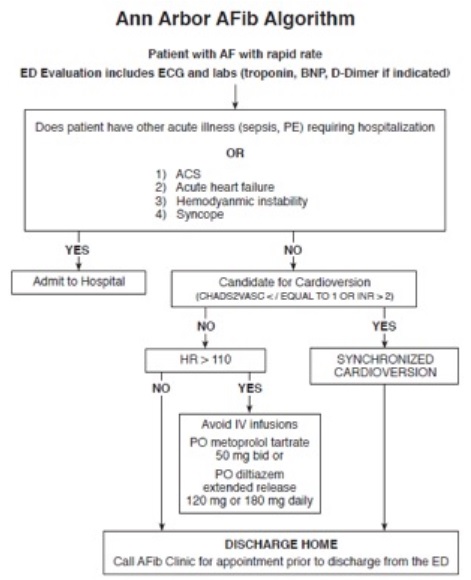Acute Infectious and Traveler's Diarrhea Background - causes: norovirus > non-Shiga toxin producing E. coli > C. difficile > invasive bacteria, Shiga toxin-producing E. coli, protozoa - increased probability of bacterial diarrhea with foreign travel to Asia, Africa, Latin America, Middle East - other risk factors: food contamination, rainy season while traveling, use of proton pump inhibitor, previous history of traveler's diarrhea, type of travel (e.g., adventure travel, living with native inhabitants)
Signs/Symptoms - at least three unformed stools within 24 hours in association with at least one symptom of GI disease (e.g., nausea, vomiting, fever, abdominal pain, cramps, fecal urgency) - usually 4- 5 loose stools without fever, lasting for 3 - 4 days
Work-up - stool studies indicated for severe abdominal pain, fever, or bloody stool - fecal leukocytes - stool culture (for Salmonella, Shigella, Campylobacter, E. coli O157:H7) - assay for Shiga toxin - microscopy or antigen assay for E. histolytica - exposure to untreated water, illness > 7 days -> evaluate for protozoal infections (enzyme assay for E. histolytica, Giardia intestinalis, Cryptosporidium parvum antigens)
Management - primarily supportive care - antibiotics reduce duration of illness by 24 hours, recommended for patients with ≥3 unformed stools in 8 hours - antibiotics contraindicated for bloody diarrhea due to risk of hemolytic uremic syndrome - all patients, regardless of work-up, improve on ciprofloxacin (may be given as single dose; full three-day course if presence of invasive disease) - trimethoprim/sulfamethoxazole also shortens duration, but inferior to ciprofloxacin - azithromycin for children and pregnant women, areas with fluoruinolone resistance - loperamide shortens duration of symptoms when combined with antibiotics - avoid use of antimotility agents (may prolong fever, increase risk of toxic megacolon, HUS)
Resources Tintinalli's Emergency Medicine, 8th Edition https://www.ncbi.nlm.nih.gov/pmc/articles/PMC1539099/

